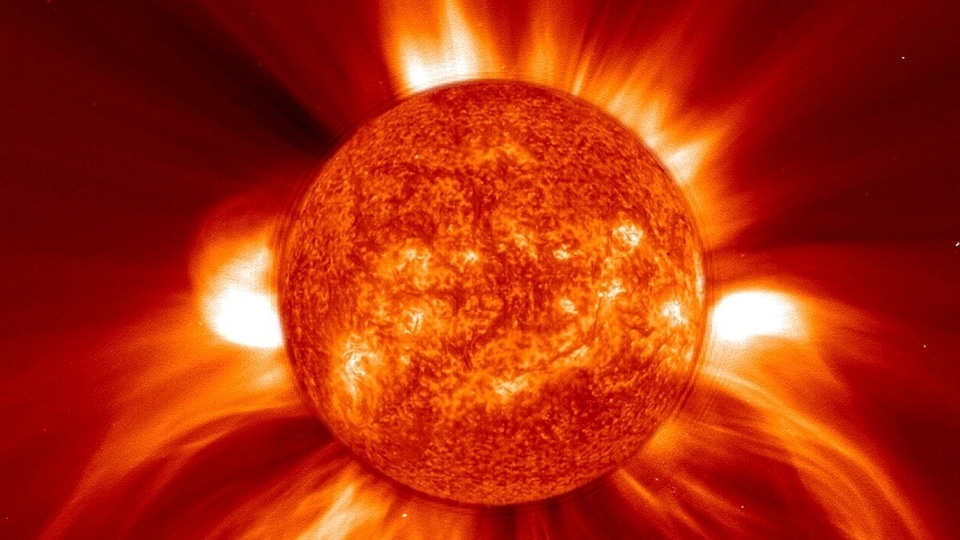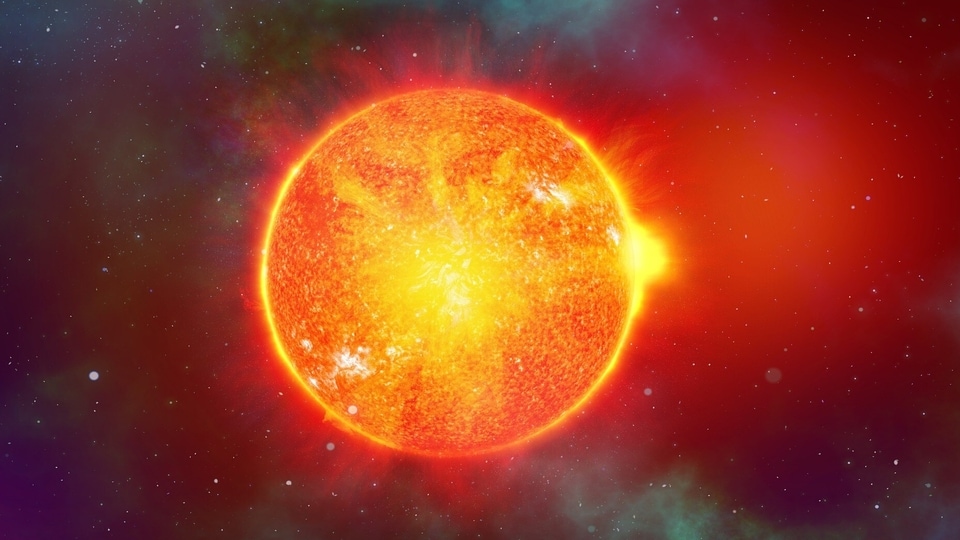Hidden secret of the Sun finally revealed
Scientists discover high-frequency magnetic waves as the possible cause behind the Sun's mysterious corona heating, revealing a long-standing solar secret.






 View all Images
View all ImagesScientists at the Royal Observatory of Belgium (ROB) and KU Leuven have achieved a momentous breakthrough, potentially resolving one of the most enigmatic puzzles of our solar system: why is the Sun's corona hotter than its surface?
The Sun's corona exhibits a temperature approximately 200 times higher than the photosphere, the Sun's surface, Space.com reported. This apparent contradiction to the general principle that temperature decreases with distance from a heat source has long puzzled astrophysicists and has been dubbed the "coronal heating problem."
Role of High-Frequency Magnetic Waves
In a significant stride towards understanding this enigma, Professor Tom Van Doorsselaere from KU Leuven stated, "For the past 80 years, astrophysicists have grappled with this problem, and now, mounting evidence suggests that the corona may be heated by magnetic waves."
The pivotal discovery stemmed from observations made by the Extreme Ultraviolet Imager (EUI) telescope, stationed on the European Space Agency's Solar Orbiter spacecraft. This telescope, operated by ROB, captures solar corona images with unprecedented clarity, unveiling rapid oscillations within the smallest magnetic structures of the corona. These high-frequency waves contribute to the heating of the Sun's atmosphere.
Unprecedented Insights and Future Prospects
To ascertain the significance of these new, swift oscillations compared to the known slower ones, the researchers conducted a comprehensive meta-analysis. Dr. Daye Lim, the study's lead author, concluded that high-frequency waves play a more substantial role in heating the solar atmosphere than their low-frequency counterparts.
Dr. David Berghmans, the principal investigator of EUI, remarked, "Since her results have indicated the crucial role of fast oscillations in coronal heating, we will dedicate much of our focus to uncovering higher-frequency magnetic waves using EUI."
The findings, which have been published in the Astrophysical Journal Letters, pave the way for a new era of exploration, offering insights into the intricate dynamics of our Sun and its far-reaching impact on our solar system.
Catch all the Latest Tech News, Mobile News, Laptop News, Gaming news, Wearables News , How To News, also keep up with us on Whatsapp channel,Twitter, Facebook, Google News, and Instagram. For our latest videos, subscribe to our YouTube channel.































